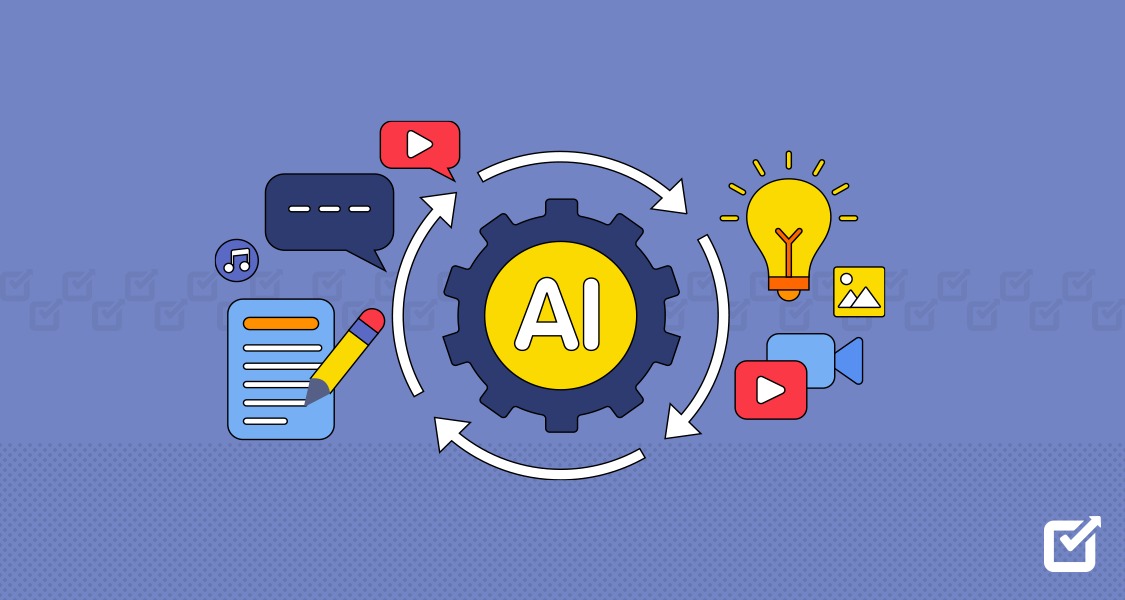AI Editing Tools to Streamline Your Workflow and Polish Every Draft
Unlocking efficiency and consistently delivering clear, polished drafts are key goals for modern writers and content creators. The rapid adoption of AI Editing tools is revolutionizing how drafts evolve from rough copies to refined masterpieces. With AI-driven innovation now trending across countless writing and content teams, understanding the statistics and quantifiable benefits of these editing companions is more vital than ever. This article explores the tangible ways AI editing tools streamline workflow, enhance productivity, and guarantee the kind of polish today’s audiences expect.
Why AI Editing Tools are Trending Now
Recent statistics reveal that more than 60% of businesses incorporate AI technology into at least one business process. Among content professionals, surveys indicate nearly 70% are using AI-based tools to boost the quality and consistency of their writing. Editors and writers adopt these solutions not only to save time but to gain a competitive edge by catching errors earlier and improving content flow.
AI editing solutions have evolved from basic spellcheckers to sophisticated platforms capable of understanding context, refining tone, and even tailoring suggestions to reader demographics. This advanced capability explains their explosive recent rise, making them one of the most notable workflow trends in content and communication sectors.
Key Benefits of AI Editing Tools in Your Workflow
The core advantage of AI editing tools lies in their speed and accuracy. Unlike manual editing, AI checks work instantaneously, identifying errors that may elude even accomplished writers. Here are the primary benefits, supported by current statistics and workflow outcomes:
1.Swift Error Detection and Correction
Typographical, grammatical, and structural mistakes can undermine content credibility. AI editing tools can detect and correct these issues in real time. According to a 2023 report, editors saved up to 50% of their usual proofreading time after integrating AI into their process. The AI’s ability to process thousands of words in seconds means you spend less time rewriting and more time developing new ideas.
2.Consistency Across Documents
Quality control is an ongoing challenge, especially for teams handling high content volumes. AI editing tools apply style and formatting rules uniformly, eliminating the inconsistencies that often arise with human editors. This ensures every document aligns with internal standards or brand guidelines, crucial for organizations producing hundreds of pieces per month.
3.Enhanced Clarity and Readability
Complex or ambiguous phrasing can hinder comprehension and lower engagement rates. AI editing tools use algorithms that analyze sentence structure, word choice, and syntax, flagging language that can be simplified or clarified. Case studies show that average readability scores improved by at least 20% after drafts were processed using AI, directly correlating with higher visitor engagement and lower bounce rates.
4.Optimization for SEO and Audience
AI editors often incorporate insights that help optimize content for search engine rankings, such as suggesting strategic keyword placement and identifying issues with readability. By refining sentences for SEO while maintaining the natural flow of language, these tools help writers target their posts more effectively. This targeted optimization increases SEO ranking potential, as supported by statistics documenting 30–40% upticks in organic search traffic after deploying AI-assisted writing.
5.Tone and Style Adjustments
Matching the right tone and style with your target audience is critical. AI tools analyze the target demographic and recommend adjustments to make writing more formal, conversational, or persuasive as desired. Survey data from content agencies demonstrates that 65% of users feel AI helps them better tailor their communication style, resulting in greater audience trust and higher conversion rates.
6.Real-Time Collaboration and Integration
Cloud-based AI editing tools integrate seamlessly with other workflow software. Writers and editors can collaborate in real time, instantly addressing suggestions and corrections. Many statistics blogs highlight that teams working with AI-enabled collaboration shave several hours off their content production cycles. Cloud storage ensures versions are always updated and accessible, cutting out the disorganization of manual file management.
7.Access to Language Insights and Learning
AI editing tools not only correct mistakes but provide writers with detailed explanations and style suggestions. Many content creators mention that regular use of such tools improves their vocabulary, grammar, and writing efficiency over time. A notable 80% of frequent users report measurable skill growth after just a few months, turning every draft review into an opportunity for development.
8.Multilingual Support
Global audiences demand multilingual content with consistent quality. AI-based editors support a broad range of languages, automatically translating and localizing messages while maintaining accuracy. The efficiency of AI-driven language support leads to a 50% reduction in turnaround time for international projects, according to industry surveys.
Future-Proofing Your Workflow with AI Editing
Trends in AI editing are only accelerating. New advances allow tools to analyze entire datasets, understand audience reactions, and suggest large-scale content adjustments. Integrations now reach from desktop applications to mobile devices, ensuring you always have AI-driven support, wherever inspiration strikes.
Writers producing statistics blogs increasingly rely on AI’s suggestions for data storytelling, recognizing patterns and highlighting the most impactful statistics automatically. Trending blogs, meanwhile, use AI to keep pace with breaking topics, ensuring rapid, error-free publishing without sacrificing quality. Consistently, the feedback loop between creators and AI allows content to evolve faster and more reliably.
Steps to Start Using AI Editing Tools
- Identify the specific needs of your workflow. Whether you require fast proofreading, stylistic edits, or language localization, clarify your main priorities.
- Assess available AI editing solutions on their features, ease of use, and compatibility with your preferred writing platforms.
- Integrate your selected tool into daily workflows, ensuring all editors and writers receive training or orientation.
- Monitor improvements by tracking turnaround time, error rates, and user feedback.
- Regularly revisit tool settings to tailor suggestions to evolving editorial standards and emerging writing trends.
Maximizing the Value of Every Draft
Polished, accurate, and engaging content requires more than creative flair; it depends on careful review and refinement. AI editing tools empower every member of your content team to produce cleaner drafts in less time. They facilitate cross-functional collaboration, help disseminate brand standards, and create measurable improvements across clarity, consistency, and readability. By leveraging their advanced features, today’s writers meet changing expectations and stay ahead of the trend curve.
Writers who consistently deploy AI editing solutions benefit from a documented decrease in revision cycles and report higher satisfaction both among readers and internal stakeholders. By emphasizing speed, quality, and adaptability, AI editing platforms are rapidly becoming an essential element in the content creation toolkit.







